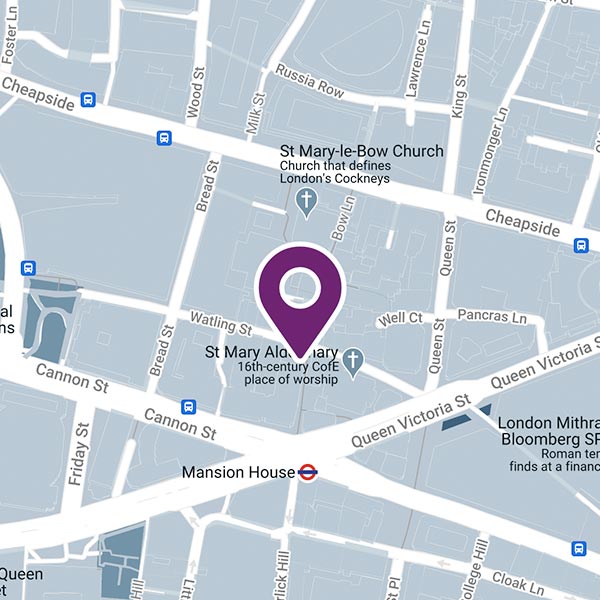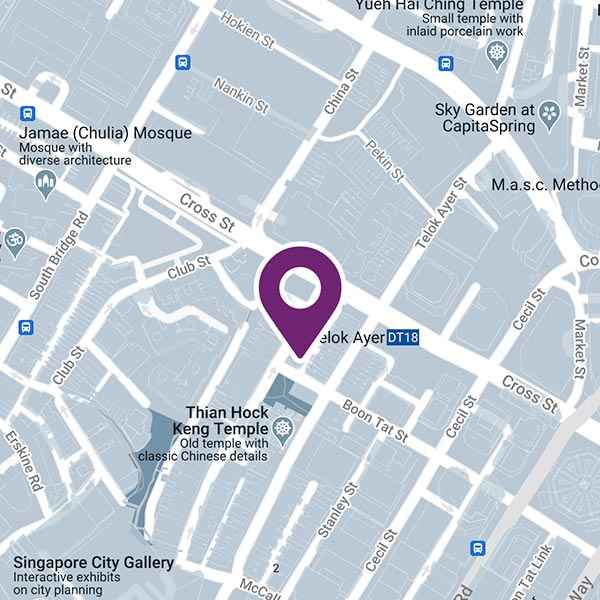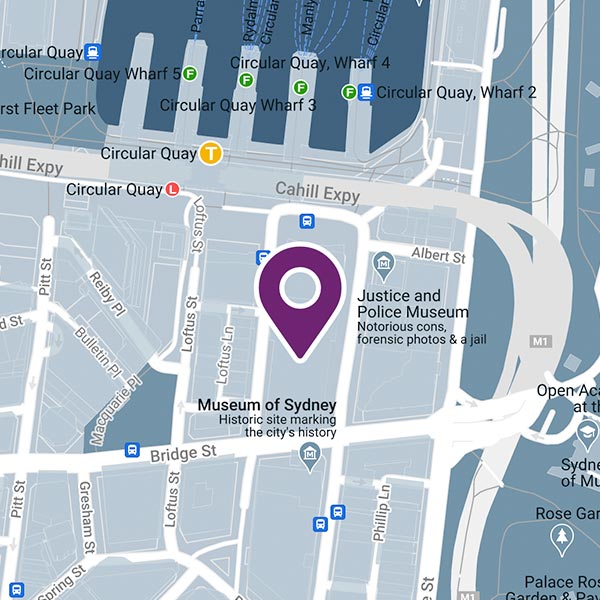The digital evolution in insurance has moved past incremental change and become something deeper: a shift from standalone products to protection embedded within wider ecosystems.
This shift is redefining how insurers operate, distribute, and build teams. It’s changing how they think about governance, partnerships, and hiring. For boards and senior leaders, embedded insurance is no longer a future topic — it’s a current business priority.
The Embedded Insurance Opportunity
By 2030, more than 30% of all insurance transactions could take place through embedded channels, according to EY. Market forecasts expect growth from $210.9 billion in 2025 to nearly $950.6 billion by 2030, with a compound annual growth rate of around 35%.
The drivers are clear:
- Distribution efficiency: Lower acquisition costs and faster reach through partner platforms.
- Customer engagement: Embedded offers meet customers at the point of need, increasing conversion.
- Data advantage: Access to contextual and behavioural data improves underwriting and pricing.
- New partnerships: From travel to fintech and e-commerce to automotive, partnerships are becoming key growth engines.
This presents both a strategic opportunity and a leadership challenge. Success depends on an insurer’s ability to collaborate across industries, manage complex partner networks, and operate within digital platforms. That requires a different kind of leadership.
What Ecosystem Leadership Really Means
Ecosystem leadership is not about adding the word "digital" to a title. It’s about creating value through collaboration rather than control. These leaders understand the strategic, operational, and cultural realities of working with others to build growth.
In practice, that means:
- Managing complexity: Coordinating multiple partners, systems, and customer journeys while maintaining compliance and brand integrity.
- Driving co-creation: Building and launching products with third-party partners.
- Using data effectively: Turning shared behavioural data into insights that improve underwriting and claims.
- Balancing innovation and governance: Encouraging experimentation while maintaining oversight and consumer protection.
These skills are rarely found together in traditional insurance leadership. Boards need to reconsider what effective leadership looks like in a world built on partnerships.
The New Roles Emerging in Embedded Insurance
Embedded insurance is creating leadership roles that did not exist five years ago. Examples include:
- Head of Embedded Insurance or Alternative Distribution
Leads strategy, partnerships, and platform integration while balancing commercial goals with technical understanding of APIs and data sharing. - Head of Ecosystem Partnerships
Develops relationships with external partners across sectors such as fintech, mobility, and retail, requiring strong negotiation, governance, and cross-industry awareness. - Embedded Product Leader or Chief Product Officer (Embedded)
Builds modular, partner-ready products that balance pricing, compliance, and customer experience. - Platform and Data Integration Lead
Connects partner systems with the insurer’s infrastructure, overseeing API management, cloud security, and data privacy. - Data and Insights Lead (Embedded Channels)
Translates partner data into insights that inform underwriting, risk management, and product strategy.
Together, these roles combine insurance experience with digital fluency — a mix still rare in the current talent market.
Competencies Boards and Hiring Teams Should Prioritise
Eliot Partnership’s experience in global insurance and insurtech shows several competencies that consistently separate successful embedded insurance leaders from the rest:
- Platform literacy: Experience with API ecosystems and partner integrations.
- Commercial acumen: Ability to design shared-value models and manage joint business plans.
- Strategic agility: Comfort with fast-changing priorities and emerging technologies.
- Cultural intelligence: Skill in connecting legacy insurance culture with digital speed.
- Data-led decision making: Using analytics to shape products, pricing, and performance.
- Governance and risk awareness: Understanding compliance, data protection, and consumer duty across jurisdictions.
These skills are not common within legacy organisations. Boards must take a more creative approach to identifying, attracting, and assessing talent with these traits.
The Board’s Agenda: From Oversight to Orchestration
As insurers move into ecosystems, the board’s role must evolve from oversight to orchestration. Embedded insurance initiatives intersect with nearly every governance domain: strategy, risk, culture, technology, and partnerships.
Boards must therefore ask the right questions:
- Strategic Alignment – What is our role in the ecosystem: orchestrator, co-developer, or participant?
- Leadership Ownership – Who is accountable for embedded strategy? Is there a single executive owner or a distributed responsibility?
- Talent Strategy – Do we have leadership capable of navigating ecosystem partnerships, or do we need to recruit externally?
- Risk & Compliance – How are we governing third-party data sharing, model risk, and consumer duty within partner platforms?
- Metrics & KPIs – Are we tracking embedded revenues, partner performance, and cultural integration success?
Board composition itself may also need to shift. Many forward-thinking insurers are appointing non-executive directors with technology and partnership backgrounds, bringing ecosystem fluency to board discussions that were once purely actuarial or financial.
Eliot Partnership’s own board advisory work increasingly reflects this trend: boards are seeking to balance deep insurance expertise with cross-industry, digital-ecosystem experience.
How Hiring Teams Can Respond
Hiring for embedded roles requires a deliberate change in how insurers attract and evaluate talent. Four steps can help:
- Map the Talent Gap
Review where your current leadership lacks experience in partnerships, platform operations, or data-led strategy. Identify whether these gaps can be filled internally or through external search.
- Define Roles Clearly
Avoid reusing outdated job descriptions. A Head of Embedded Insurance is not a Head of Distribution with a new title. Define the role around partnership experience, product innovation, and commercial accountability.
- Look Beyond Insurance
Candidates from fintech, technology, or consumer sectors often have relevant skills in platform ecosystems. With the right onboarding, they can add significant value and perspective.
- Build Internal Capability and Succession
Develop internal leaders through targeted programs that expose them to partnerships and digital distribution. A strong internal bench of ecosystem-ready talent ensures sustainability as roles evolve.
Looking Ahead to 2030
The move toward embedded insurance will continue to accelerate. By 2030, insurers will act less as product providers and more as platform orchestrators. Insurance will be built into everyday services, from financial apps to mobility solutions. But success depends on leadership that can connect strategy, technology, and people. Boards and hiring teams should start building that foundation today, defining new roles, attracting diverse talent, and investing in internal capability.
Eliot Partnership’s work across Life, P&C, Reinsurance, and InsurTech shows that the right leadership makes the difference between short-term activity and long-term advantage. The insurers that succeed in this new landscape will be those whose leaders think beyond products and focus on the systems that tie everything together.
In the ecosystem era, partnerships succeed only when leadership does too.












